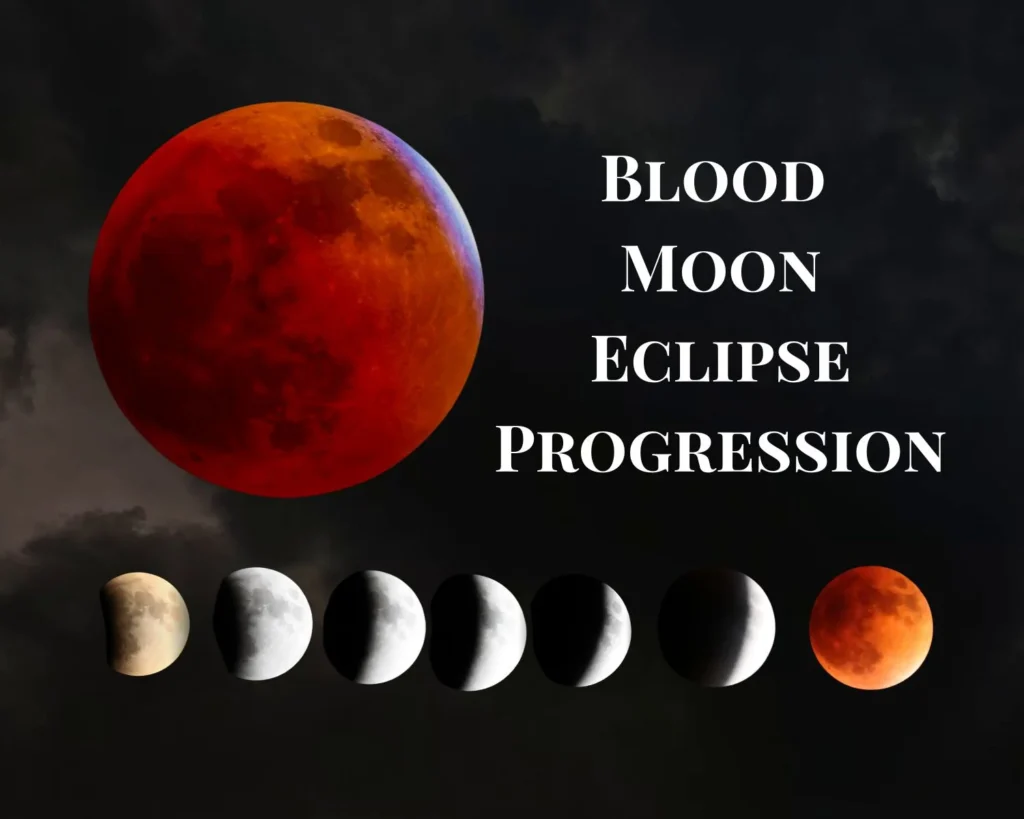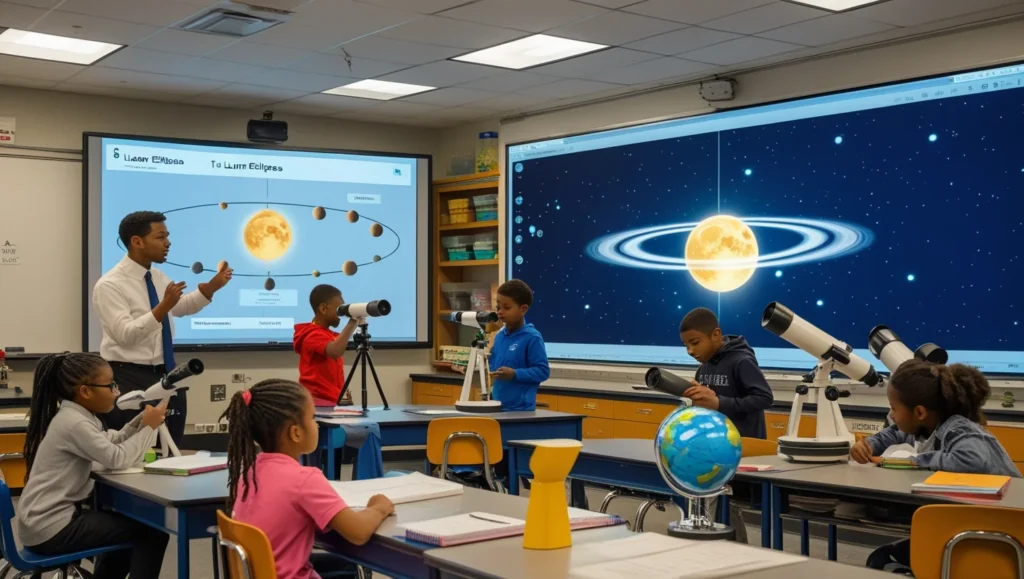Total Lunar Eclipse 2025: A Rare Blood Moon Phenomenon Explained
A total lunar eclipse, a celestial event that occurs periodically, is set to be visible across southwestern Ontario in the early hours of Friday morning. Enthusiasts eager to witness this astronomical marvel should prepare for a spectacular sight as the moon undergoes its transformation into a deep red hue. This rare event is a result of Earth’s shadow completely covering the moon, an occurrence that captivates both seasoned astronomers and casual stargazers alike.
Lunar eclipses have been a source of fascination for centuries, inspiring myths, legends, and scientific discoveries. Many cultures have attributed symbolic meanings to these celestial events, ranging from omens of change to celebrations of cosmic harmony. With advancements in technology, understanding these eclipses has become more precise, yet their beauty remains as mesmerizing as ever.
Why Is It Called a Worm Blood Moon?
The term “Worm Blood Moon” has historical and scientific roots. March marks the period when the ground begins to thaw, prompting earthworms to surface—an event long recognized by Indigenous and agricultural traditions. The “Blood Moon” aspect refers to the moon’s reddish appearance during the eclipse, caused by Earth’s shadow filtering sunlight and casting a crimson glow.

This reddish hue results from a process known as Rayleigh scattering, the same phenomenon that makes sunsets appear red. As Earth’s atmosphere bends sunlight, shorter wavelengths scatter while longer red wavelengths reach the moon, giving it its eerie yet stunning color. The depth of red varies based on atmospheric conditions, with volcanic ash or dust potentially making the color even darker.
Best Time to View the Lunar Eclipse
The celestial event will commence just after midnight, but the most striking phase will occur between 2:30 and 3 a.m., making it the optimal window for observation. Those taking advantage of the March break may find it an excellent opportunity to experience this rare phenomenon without early morning obligations.
To ensure the best possible view, observers should seek areas with minimal light pollution. Parks, open fields, or lakesides provide excellent vantage points. Clear skies will enhance visibility, so checking local weather forecasts in advance is recommended. If clouds obstruct the view, live-streaming options from major observatories may offer an alternative way to experience the event.
How to Enhance Your Viewing Experience
While no special protective eyewear is necessary, using binoculars or a telescope can significantly enhance the view. Stargazers can gather in open spaces, away from city lights, to experience the full brilliance of the Blood Moon. For those keen on capturing the moment, long-exposure photography can help document the changing hues of the moon during the eclipse.
If photographing the event, using a tripod and adjusting the camera settings for low-light conditions will yield the best results. Astrophotographers often experiment with different exposure lengths to capture the intricate details of the lunar surface against the deep red glow.
The Significance of Celestial Events for STEM Education

Lunar eclipses offer a unique opportunity to inspire curiosity in science, technology, engineering, and mathematics (STEM). Observing these occurrences fosters an appreciation for astronomy and encourages engagement among young learners and science enthusiasts alike. Schools and science centers often use these events to teach about orbital mechanics, light refraction, and planetary movements.
Hosting eclipse watch parties or engaging in discussions about the science behind the phenomenon can make the experience more educational and interactive. For children, activities such as moon tracking, shadow experiments, and planetarium visits can deepen their understanding of celestial mechanics.
When Is the Next Lunar Eclipse?
For those who miss this event, the next total lunar eclipse will not occur until March 2026. This makes the upcoming Blood Moon a rare and exciting spectacle worth staying up for. However, partial lunar eclipses and other astronomical events, such as meteor showers and planetary alignments, continue to provide opportunities for skywatching throughout the year.
By staying informed about upcoming celestial events, enthusiasts can plan ahead and make the most of these breathtaking occurrences. Several space agencies and astronomical organizations provide eclipse calendars and observation guides to ensure skywatchers never miss an important moment.
Final Thoughts
The 2025 total lunar eclipse presents an incredible opportunity for stargazers to witness one of nature’s most awe-inspiring displays. Whether watching solo or with friends and family, this event serves as a reminder of the wonders of the universe.
From its scientific significance to its cultural impact, a total lunar eclipse is more than just an astronomical event—it is a moment that connects us to the cosmos. So set your alarms, grab your binoculars, and take a moment to marvel at this celestial masterpiece.
Stay tuned for further celestial updates and astronomical insights!


